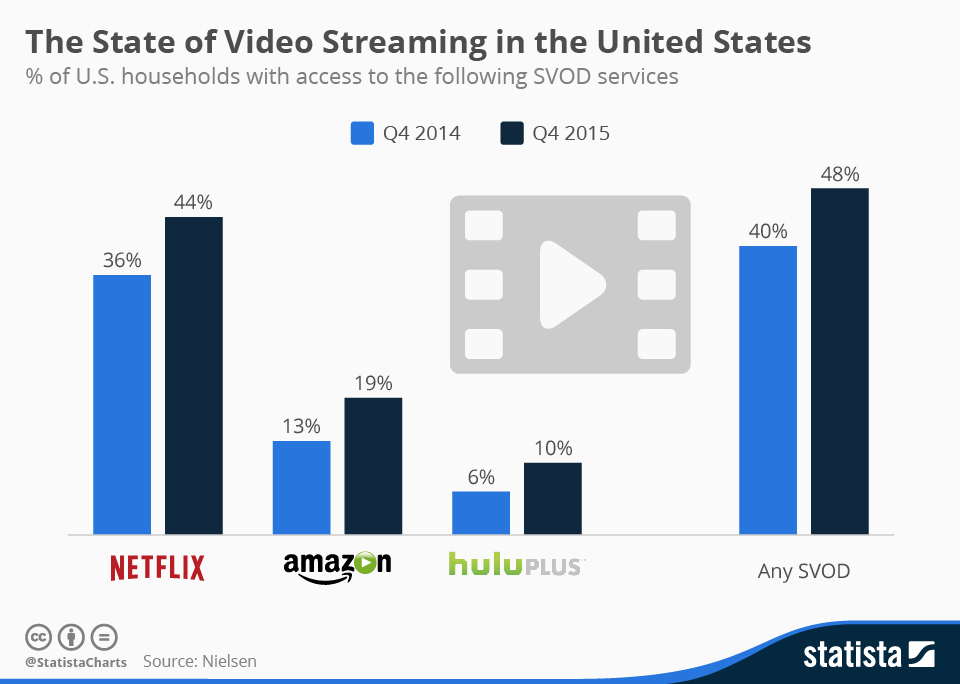“Follow the money” is always a good piece of advice, but in today’s recurring revenue-driven market, “follow the customer” may be more powerful. Two recurring revenue imperatives highlight the importance of responding to, and cherishing customer interactions. Technology and competitive advantage influence the final two. If you’re part of the movement towards recurring revenue, here are four essentials to guide your way:
All Revenue Will Become Recurring Revenue. Perhaps not this week or even this year, but the mandate is clear: customers increasingly want what they want, when they want it, and how they want it. Why? An alternative is usually no more than a click away. A recurring revenue model complements quicker speed to market, and helps ensure that evolving customer requests can be quickly met. Already two-thirds of U.S. consumers are moving in this direction, paying one or more recurring bills automatically over time via credit card, while 47% of U.S. businesses have adopted or are considering a recurring revenue model that can respond rapidly to customers.

(Image Credit: Statista)
When done right, the move to recurring revenue is highly successful. Just ask companies like Adobe and Netflix, who have already proven that recurring revenue models provide a variety of options for packaging, bundles and promotions to please a wider audience.
Move Beyond Basic Subscriptions. Today, there is still a major focus on basic subscriptions, but smart companies know there is a broader range of monetization options out there that will bring in more revenue for years to come. Customers want choice. They want multiple options when making a purchase. So, in addition to repackaging products and services, consider different pricing tactics for your offers. When you combine recurring revenue models with pricing treatments and features, the options are almost limitless.
Pricing and Packaging Becomes the Product. With digital offerings exploding in today’s marketplace, product differentiation is now more about pricing, packaging and bundling—which can quickly be brought to market, tested, iterated and improved upon. To acquire more customers, try a simple subscription plan with a 30-day free trial or combine methods to create a family plan with activation fees, standard subscription pricing, overages with pricing tiers, and usage rollovers. Looking to increase your share of wallet from existing customers? Test usage-based plans that feature tiered usage and discounted cross-sell opportunities. Are you trying to differentiate from the competition? Try a usage plan that offers tiered discounts based on the purchase of defined sets of products.
The right monetization model can accelerate your business strategy. The ability to quickly define and deploy new models or pricing tactics can help you stay ahead of the competition. Before you take a deeper look into your product catalogue for new opportunities, make sure your current billing system can support multiple pricing tactics, starting with the four listed in our recent infographic.
Accelerate Speed to Market. It’s been quoted that “speed is the new black”. MGI Research indicates that go-to-market speeds will increase by 40% through 2020. Already today, product and service development times have decreased to an average cycle of 2-3 weeks. Products are being developed faster than they can be monetized. In order to keep up and be successful, companies need to remove the billing bottleneck, as well as other operational roadblocks that stall product delivery
In the next 5-10 years, we’ll see an amazing transformation where consumers will increasingly leverage technology to empower their purchasing. In light of this, companies have two choices: provide inspired services at the speed of market demand or fall to competitors who can. The choice is yours.
Tom Dibble





